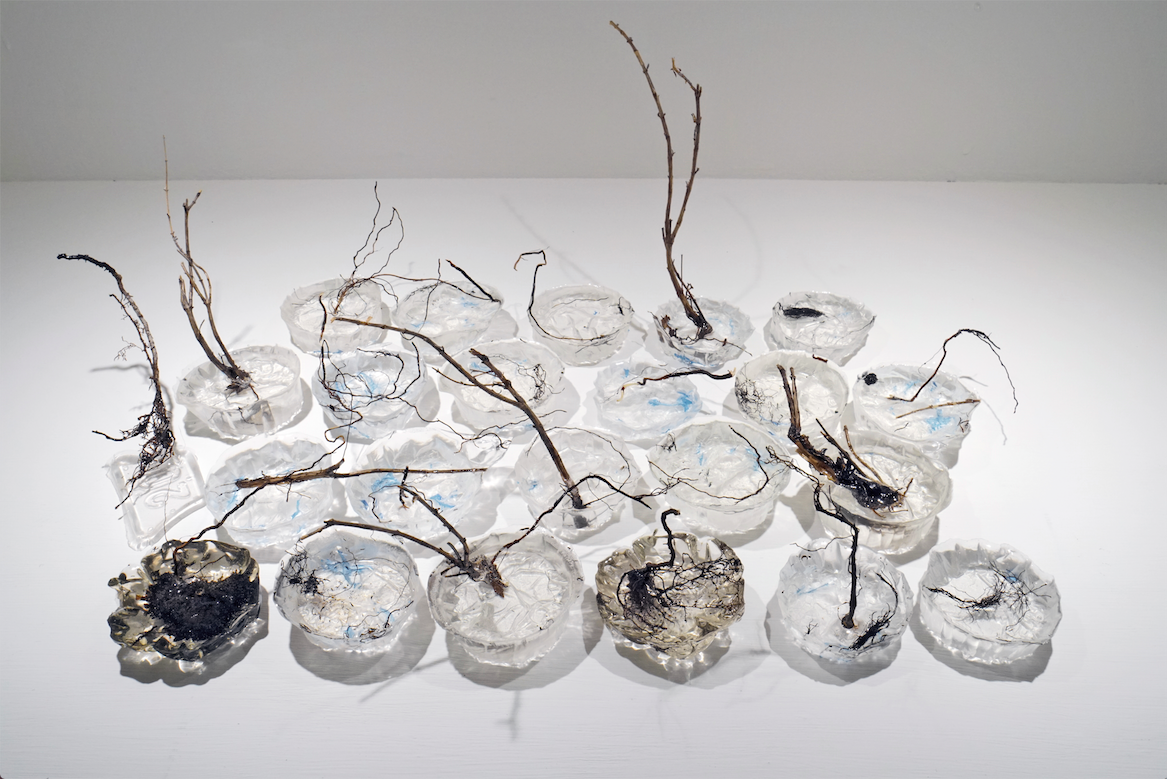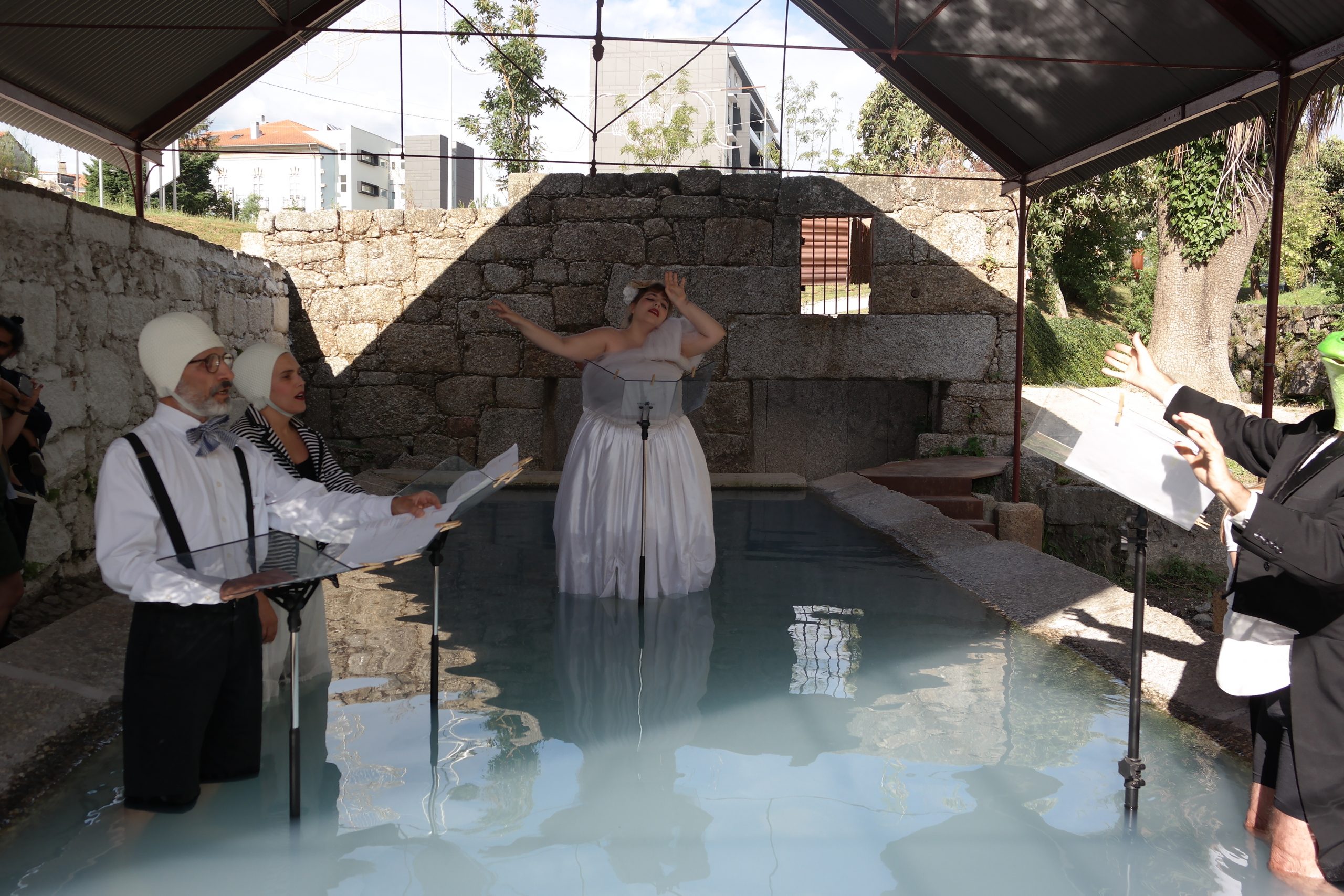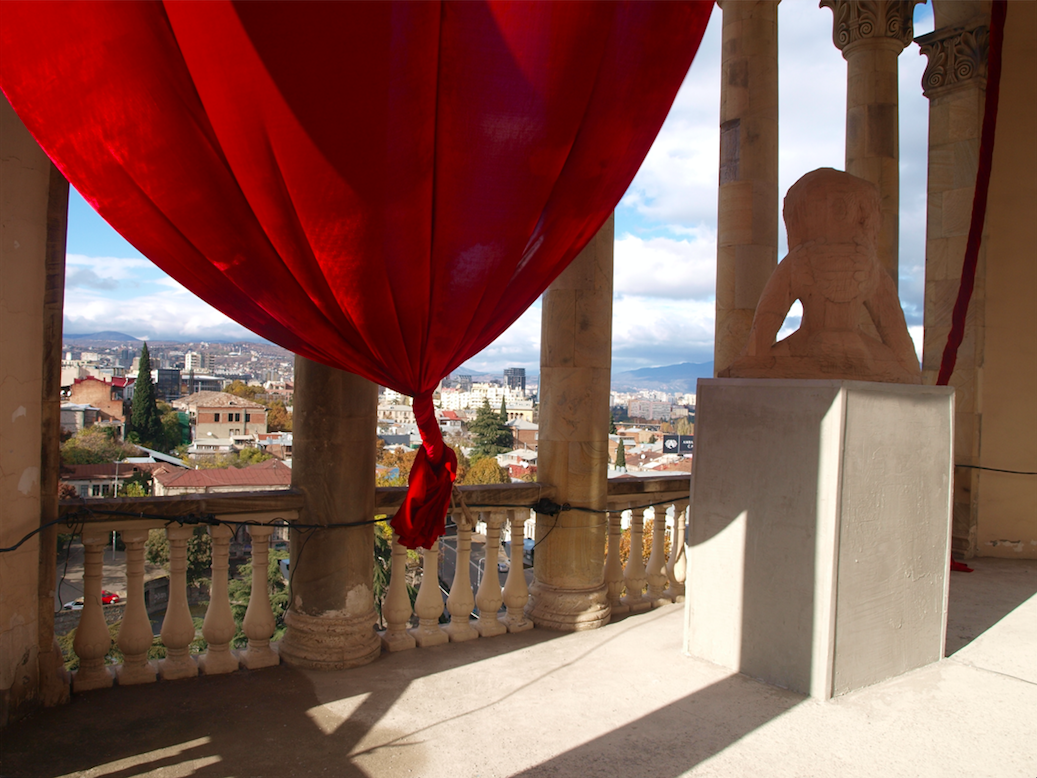The magic carpet that features in One Thousand and One Nights allows its user to travel instantaneously from one place to another. The way that migrating artists travel from one international residency to another would appear equally magical to our predecessors. This mobility is often driven by the need of creative souls to seek out new cultural contexts. While awareness of this fairytale means of transport arrived in the West at a time when it was cultural forms that tended to travel, these days one of the reasons for travelling is the need to acquire experience and break down barriers and stereotypes by sharing places and situations. If artists have become welcome cultural nomads, other people following their dreams are perceived by many as a dangerous cultural virus threatening the local community. The Magic Carpets residency network is one of those that support artistic nomadism, while also, as part of the current project The Others, enables artists to experience the situation of migrants in Italy. Rome is the city where these two planes cross. It has a tradition of cultural pilgrimages and a mix of cultures. However, things at present are tense, as shown by the wave of migration and the rise of local radicalism. Between the tourists wandering the streets of Rome and the refugees awaiting an uncertain fate in a centre on the periphery there lies a sharp mental boundary.
In the projects presented in the gallery Album Arte, participants on the project Magic Carpets – Hrvoslava Brkušić from Croatia and Melanie Garland from Chile – did not simply offer a distanced commentary on the problem of the refugees, but ensured that the very focus of their work engaged in direct contact with specific individuals. Hrvoslava Brkušić devoted her energies to the search for sounds associated for immigrants with home. The resulting presentation deployed sensory stimuli, work with the association of visual and audio inputs, and drew on research into the landscape of Roman civilisation. Melanie Garland, on the other hand, encouraged immigrants during personal conversations to recount their experience of the trip leading to their current insecure liminal situation. Their descriptions became the inspiration for the creation of an artist’s book, a parable of their experiences in a series of drawings, collages and texts. Her work, often combining paper as material and conceptualised schema, reflects on the parallels between human migration and biological and geological migration, and represented within the framework of the installation an elegant contrast to the sensual realia of Hrvoslava Brkušić. The overall impression of the presentation in a gallery was not a didactic commentary on the contemporary socio-political situation, but, thanks to the intensity of autonomous creative synthesis in the work of the two artists, acquired an immanent political charge able on occasion to communicate more deeply than a more vociferous and demonstrative style.



